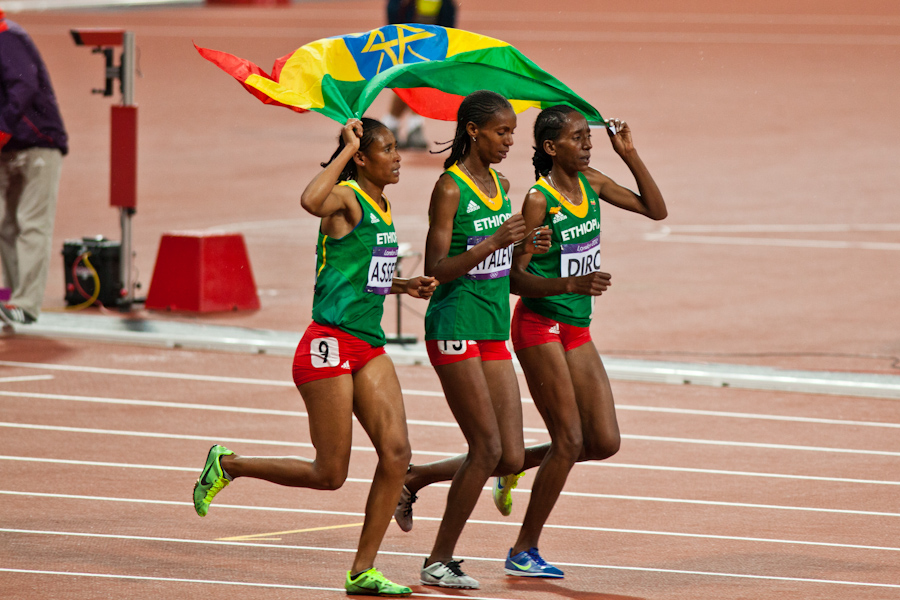Training and Techniques: Ethiopia Steeplechase

The training regimens of Ethiopian steeplechasers are as unique as their success. These athletes train in a high-altitude environment, which has a profound impact on their physical capabilities. This training strategy, coupled with their dedication and commitment, has contributed significantly to their dominance in the steeplechase.
Altitude Training, Ethiopia steeplechase
Altitude training is a crucial component of the Ethiopian steeplechase training program. The reduced oxygen levels at high altitudes force the body to adapt by producing more red blood cells, which carry oxygen to the muscles. This adaptation enhances the athletes’ aerobic capacity and endurance, giving them a competitive edge.
- Ethiopian athletes train in the highlands of Ethiopia, where the altitude can reach up to 3,000 meters. This environment simulates the conditions they will face during competitions, particularly in high-altitude venues like Mexico City.
- The high-altitude training helps Ethiopian steeplechasers develop a higher red blood cell count, improving their oxygen-carrying capacity. This adaptation allows them to run faster and longer without getting tired.
- In addition to the physiological benefits, altitude training also strengthens the athletes’ mental toughness and resilience, preparing them for the challenges of competition.
Water Obstacle Techniques
Ethiopian steeplechasers have mastered the art of navigating the water obstacles in the steeplechase. Their technique is characterized by a combination of speed, efficiency, and precision.
- Ethiopian athletes often use a “skip” technique, where they quickly hop over the water barrier with minimal contact. This technique allows them to maintain momentum and minimize energy loss.
- Another technique employed by Ethiopian steeplechasers is the “splash” method. This involves a more forceful entry into the water, where the athletes use their momentum to propel themselves over the barrier. This technique is particularly effective in deep water obstacles.
- The Ethiopian athletes are known for their precise water jump technique, which minimizes the time spent in the water and allows them to quickly regain their running stride.
Ethiopia steeplechase – The Ethiopian steeplechase is a spectacle of resilience, where athletes navigate obstacles with a grace born of enduring hardship. Just as the runners leap over hurdles, we too must rise above the challenges that life throws our way. The journey of self-discovery, much like the steeplechase, is paved with both trials and triumphs.
To find inspiration in this journey, consider the inspired by bassett barrington executive leather chair – a symbol of comfort and strength, a reminder that even amidst the chaos, we can find solace and stability. As the Ethiopian steeplechase teaches us, we are all capable of overcoming adversity and reaching for the finish line, one hurdle at a time.
The Ethiopian steeplechase, with its rhythmic pounding of feet on earth, evokes a primal energy, a connection to the ancient rhythms of life. Just as the runners navigate the water obstacles, we too must learn to navigate the challenges of our own lives.
And sometimes, like a worn leather chair, we need to mend the cracks and imperfections. A simple guide on how to repair peeling leather chair can offer valuable insights into the art of restoration, reminding us that even the most weathered surfaces can be revitalized.
The Ethiopian steeplechase teaches us that resilience and renewal are essential for navigating the course of life, both on the track and in our daily journeys.